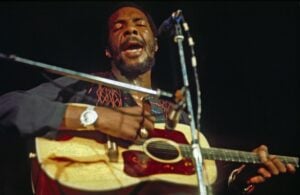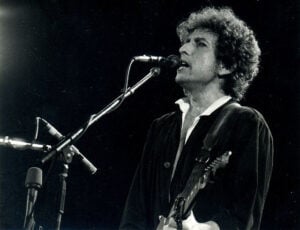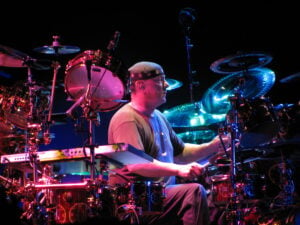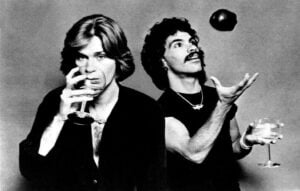4 Classic Rock Songs From the 1960s That Were Way Ahead of Their Time
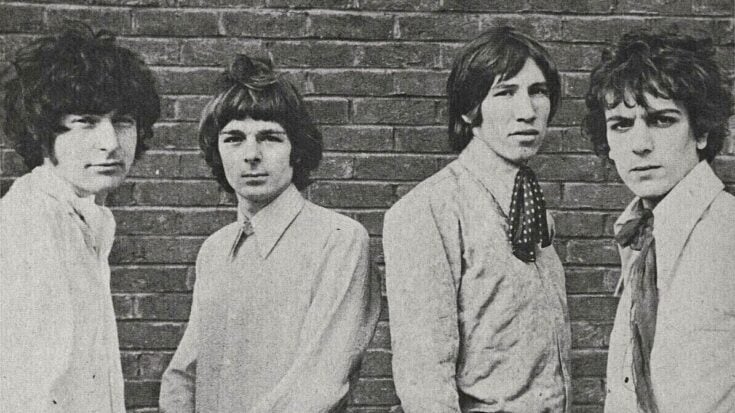
Hit Parader magazine, Public domain, via Wikimedia Commons.
The 1960s: A Time of Musical Change
The 1960s reshaped music in ways that still influence artists today. Many bands pushed boundaries, blending new ideas with daring sounds that changed rock forever. Among the most forward-thinking songs of that era, a few stood out for their creativity and vision. These four tracks showed just how bold and imaginative rock could be.
The Beach Boys’ “Surf’s Up” (1966 / 1971)
Brian Wilson’s “Surf’s Up” stands as one of The Beach Boys’ most ambitious creations. Originally written in 1966 for the abandoned Smile project, the song didn’t see full release until 1971. Its layered harmonies and shifting sections were far more complex than most pop songs of the time. Wilson’s composition blended classical influences with poetic lyrics, offering something far beyond the band’s usual surf-rock image.
Whether heard on its original release or rediscovered decades later, “Surf’s Up” still sounds modern. Its intricate arrangement showed how pop music could be both sophisticated and emotional without losing accessibility.
Jefferson Airplane’s “White Rabbit” (1967)
In 1967, Jefferson Airplane released “White Rabbit,” a song that perfectly captured the psychedelic spirit of the decade. Built on a Spanish march rhythm, the track avoids the usual pop formulas—there’s no chorus, no traditional hook—yet it builds tension until its famous closing line: “Feed your head.” Its lyrics, inspired by Alice in Wonderland, draw connections between childhood fantasy and the expanding consciousness of the counterculture era.
Grace Slick’s hypnotic vocals and the song’s rising tempo make it one of the era’s defining anthems. Its structure and concept were unlike anything else on mainstream radio, and it quickly became a symbol of the late-’60s psychedelic movement.
Pink Floyd’s “Arnold Layne” (1967)
Few bands in the 1960s were as experimental as Pink Floyd. While several of their early tracks showcased their psychedelic sound, “Arnold Layne” remains one of their most intriguing works. Released in 1967, it was written by Syd Barrett, whose unconventional storytelling and musical ideas defined the band’s early identity. The song tells a strange but fascinating tale, with Barrett’s lyrics mixing humor and unease. Richard Wright’s swirling organ solo gives the song a haunting feel, adding to its distinctive sound.
Barrett’s creativity gave Pink Floyd a unique start, setting them apart from the typical pop acts of their time. The song’s unusual theme and structure hinted at the kind of fearless experimentation that would later become the band’s trademark.
The Beatles’ “Strawberry Fields Forever” (1967)
Few songs from the 1960s match the innovation of “Strawberry Fields Forever.” Written by John Lennon, it remains one of The Beatles’ most imaginative tracks. The song introduced listeners to the Mellotron and Indian swarmandal, instruments rarely used in rock at the time. Lennon’s introspective lyrics and dreamlike tone created an entirely new kind of soundscape.
The production techniques were groundbreaking—using tape loops, reversed recordings, and layered takes to achieve an otherworldly atmosphere. Even among The Beatles’ many inventive works, “Strawberry Fields Forever” stands out as one of the most daring examples of musical creativity from the decade.









